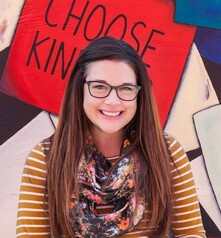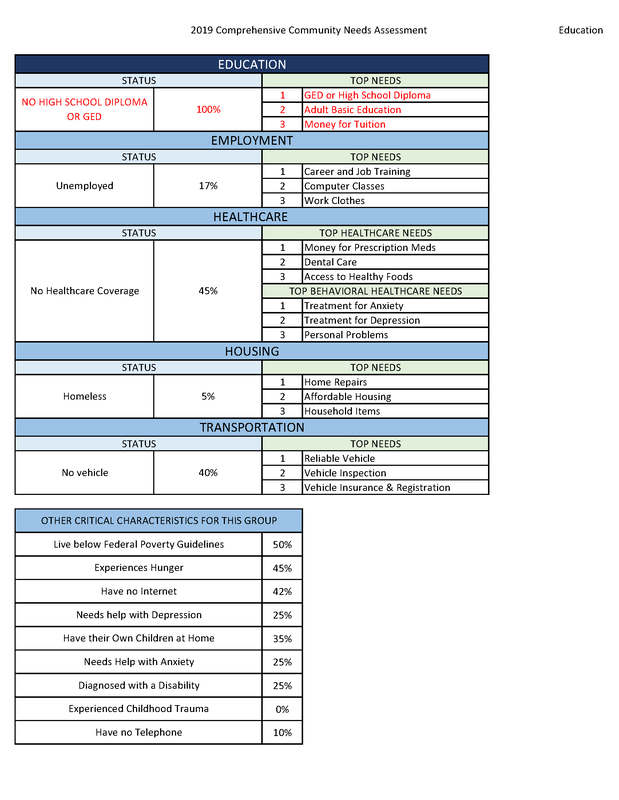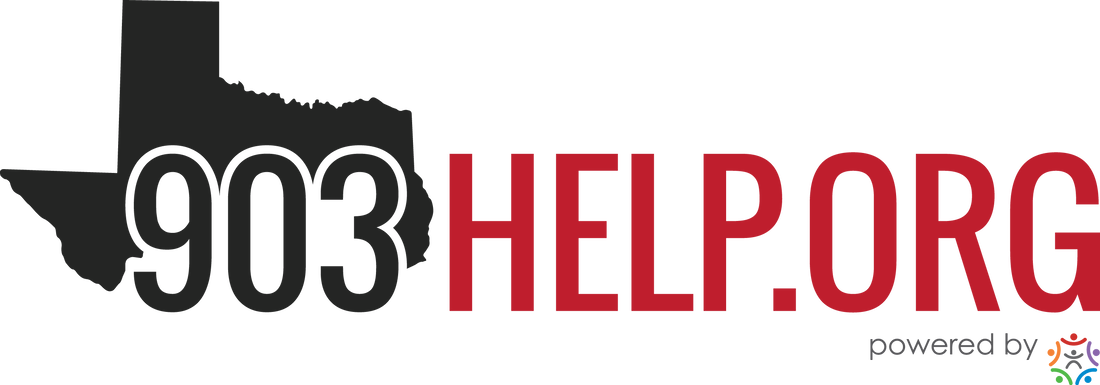EDUCATION COUNCIL
Education Needs AssessmentOverall, educational attainment is a strong indicator of social and economic well-being. Lower educational attainment is associated with lower earnings and poorer health outcomes, such as higher mortality rates, higher rates of obesity, and diabetes.[i]
[i] Ross, C. E. and Wu, C. 1995. The Links Between Education and Health. American Sociology Review. The top three needs in Education for all respondents were:
Your present circumstances don’t determine where you can go; they merely determine where you start. – Nido Qybein The table below shows the Key Poverty Indicators and Top Needs only for those respondents who had less than a high school education. |
RESOURCES |
 Stephanie Barnard
Stephanie Barnard
Education Council Chair Stephanie Barnard
University of Texas at Tyler
I graduated from the University of Mary Hardin-Baylor in 2008 with a degree in Special Education. Since then, I have worked in both education and social service settings serving ages zero to end of life. I now work at Tyler Junior College for the grant funded TRIO Educational Opportunity Center where I assist low income/first generation community members with accessing postsecondary education. I am a new mother of two with passions for social justice, family, and genuine conversations.


